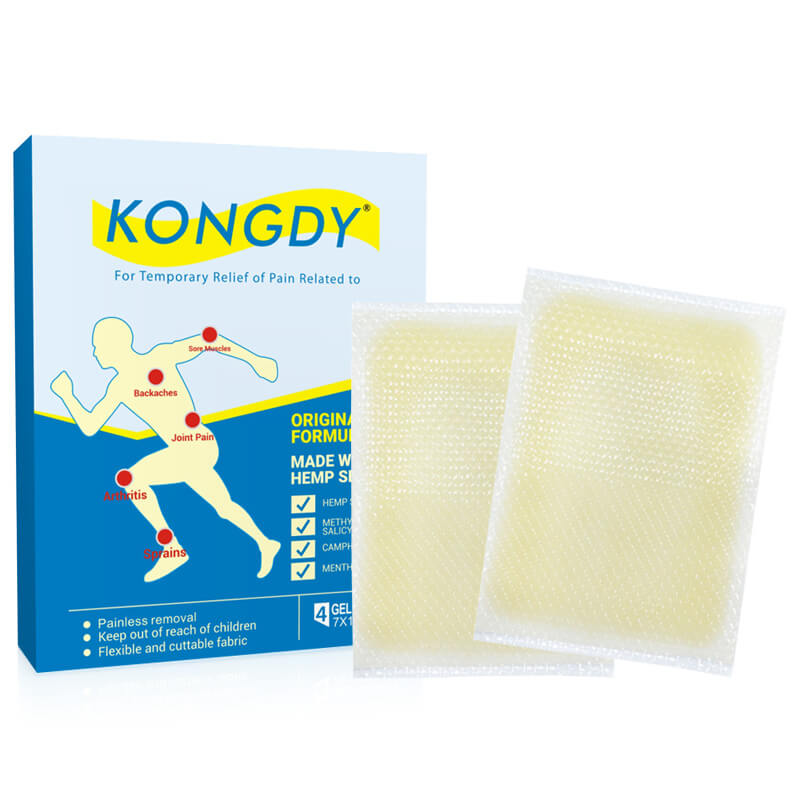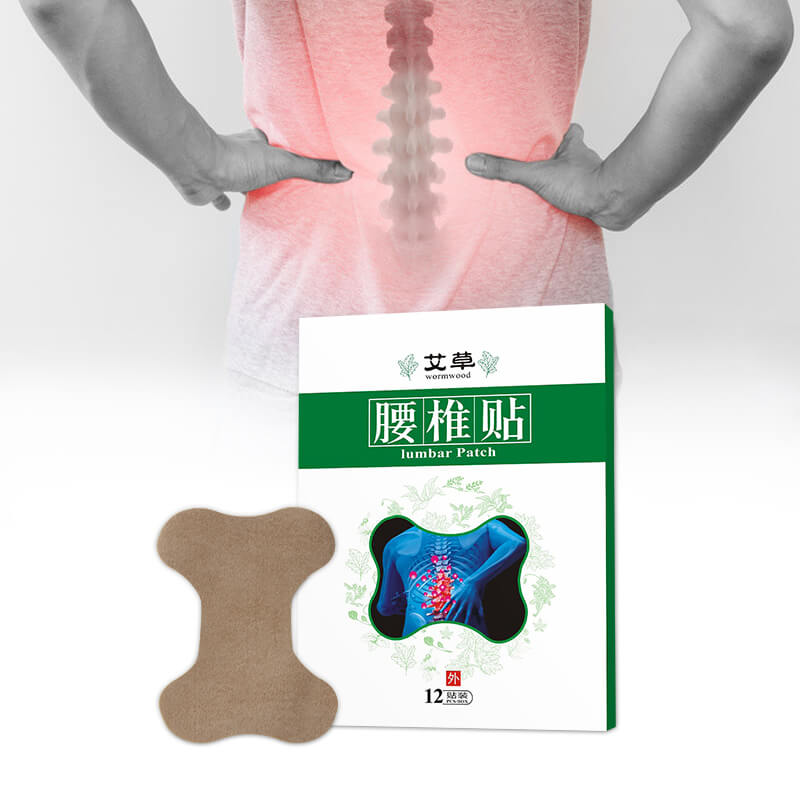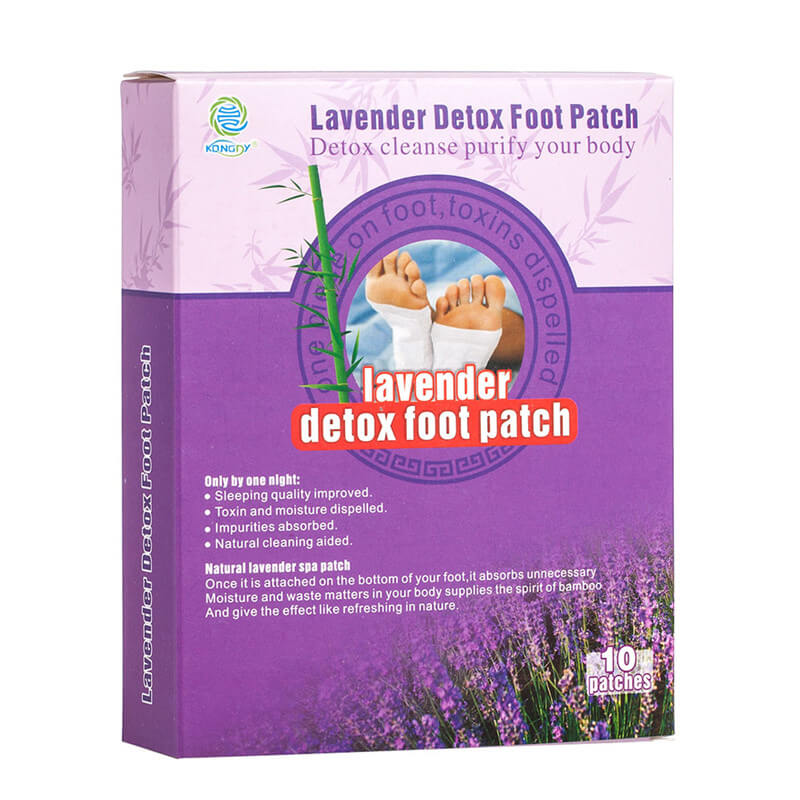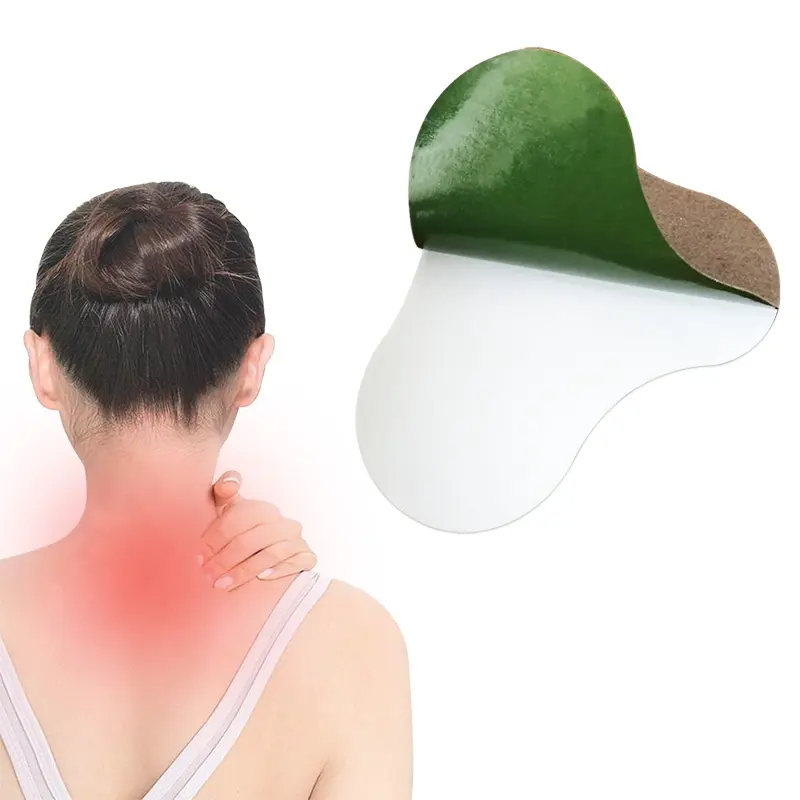
Pain Relief Patches: Market Outlook
Release time:2023-12-25 Click:215
Pain patches, also known as transdermal pain relievers, are adhesive patches that contain medications to relieve pain. The patches allow the medication to pass through the skin into the bloodstream over some time to provide pain relief. Some common medications used in pain patches include lidocaine, diclofenac, ketoprofen, and fentanyl. The steady delivery of medication from the patch can provide consistent pain relief for hours or days, depending on the patch.
Pain patches provide some advantages over oral pain medications. Since the medication is absorbed through the skin, it avoids first-pass metabolism by the liver which can increase bioavailability. Patches can deliver a steady dose over a prolonged time, avoiding peaks and valleys in pain relief from oral dosing. Patches are also convenient, easy to self-administer, and discreet. Some patients who have trouble swallowing pills may find patches easier to use.
Several factors are driving growth in the pain patch market. The global prevalence of chronic pain is increasing, fueling demand for convenient and effective treatments like patches. Technological advancements are improving extended-release patch formulations to provide longer pain relief. The opioid epidemic is also leading providers to seek out non-addictive pain management options, further propelling the pain patch market. There is also increasing demand for over-the-counter pain patches that patients can easily access without a prescription.
The global pain relief patches market was valued at approximately USD 5.01 billion in 2022 and is expected to grow at a healthy growth rate of over 4.30% during the forecast period of 2023-2030. Key factors spurring this growth are the rising incidence of chronic pain, muscle pain, arthritis, and other conditions that require regular pain management. As populations continue to age worldwide, the prevalence of pain is expected to increase, further driving demand.
Several innovations in pain patch technology show promise in making patches more effective and convenient. These include patches with nanotechnology that enhance medication delivery; improved extended-release formulations; combination patches delivering multiple medications; and patches with antimicrobial coatings to prevent skin irritation. Researchers are also developing radiofrequency pain relief patches that work without medications. Advanced pain monitoring sensors integrated into patches can track treatment effectiveness.
Pain relief patches have bright market prospects. pain relief patches are poised to gain greater market share due to inherent advantages such as reduced systemic side effects and ease of use. Companies will focus on developing more consumer-centric and technology-enabled patch products to tap into this growing opportunity in both prescription and over-the-counter pain management.
The future is bright for pain relief patches as a safe, efficient, and patient-friendly solution for mitigating pain.

Hot products

CBD Pain Relief Patch

Lumbar Plaster Pain Relief Patch

Lavender Detox Foot Patch

Cervical Vertebra Pain Relief Patch
Tel:0086-18939260319
E-mail:kongdycn201810@gmail.com
